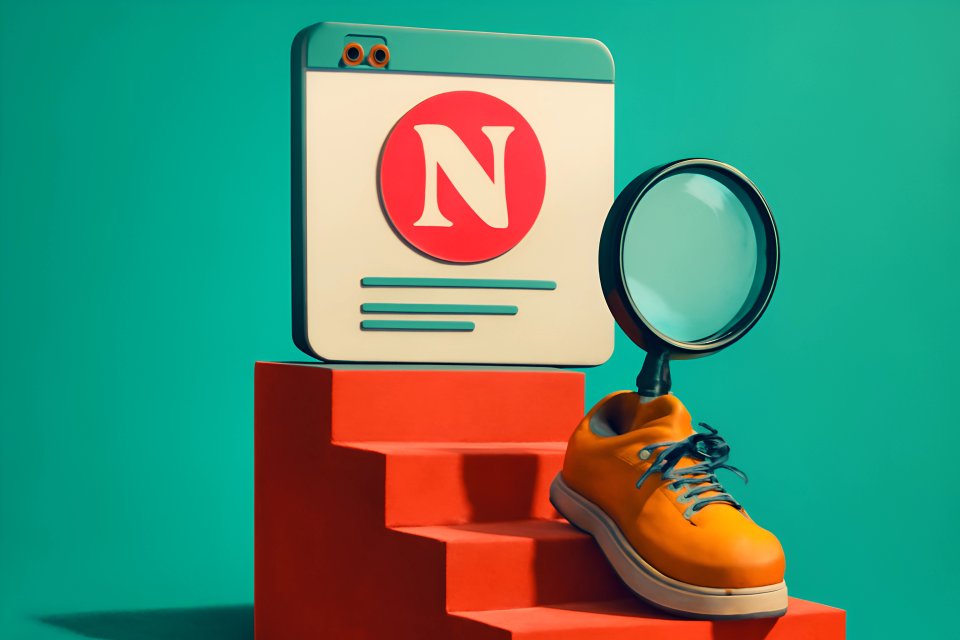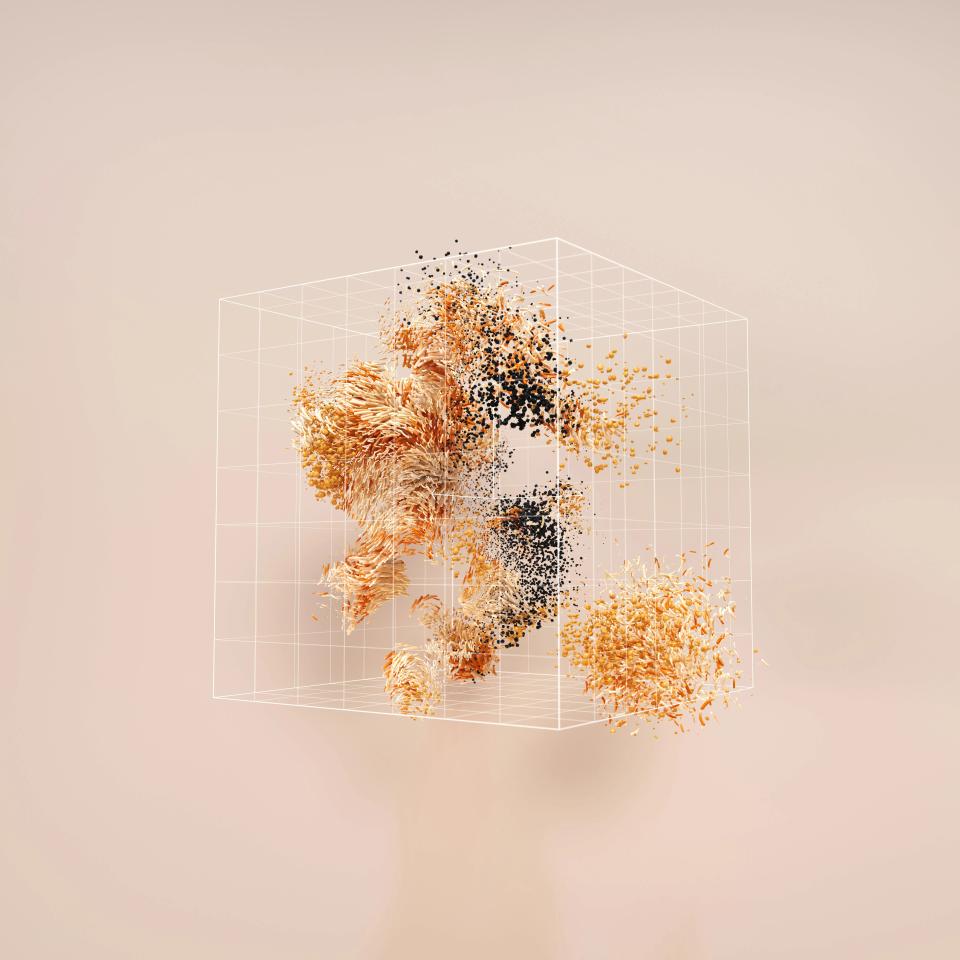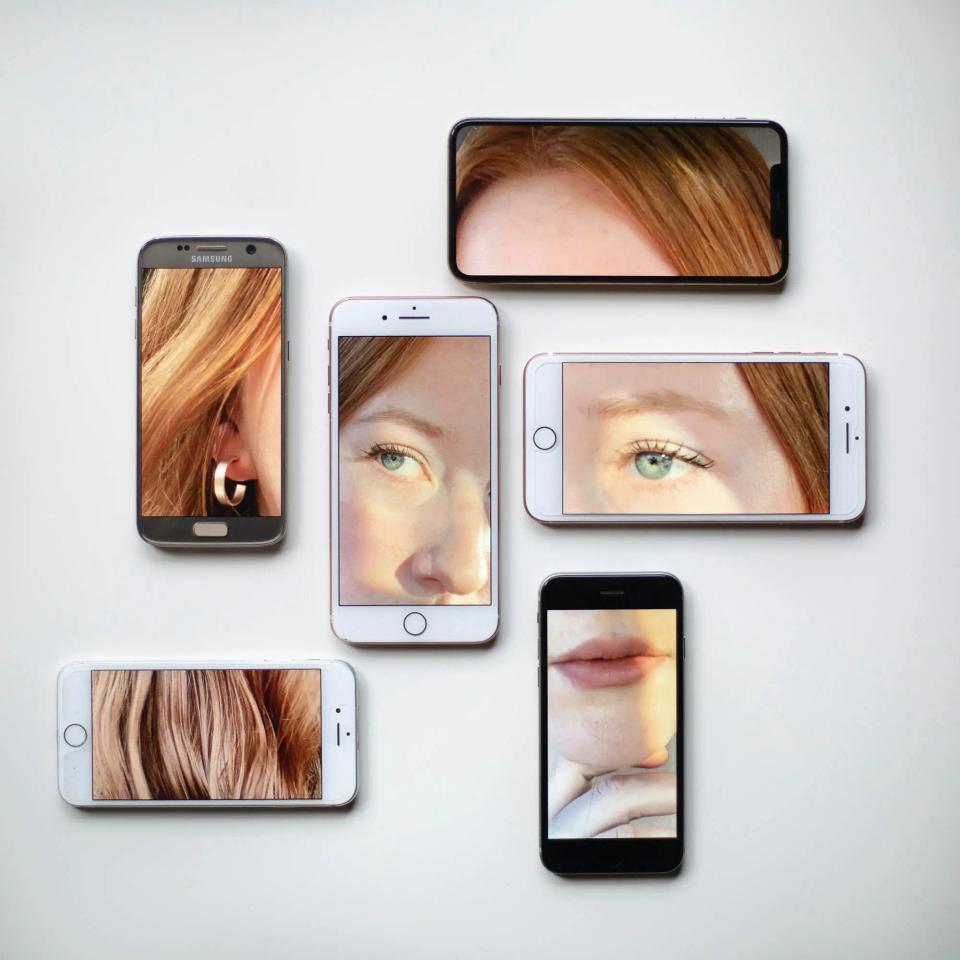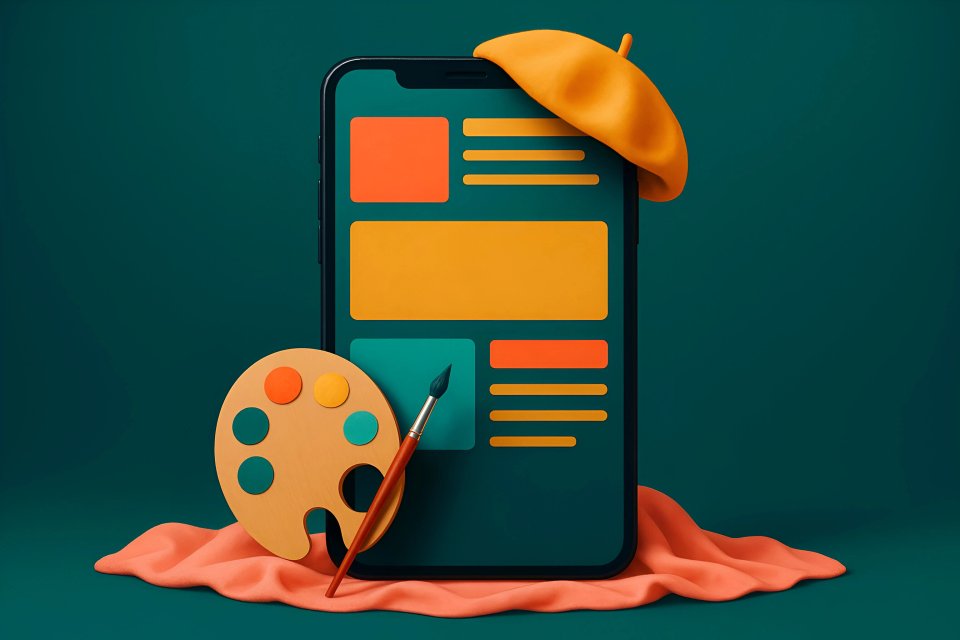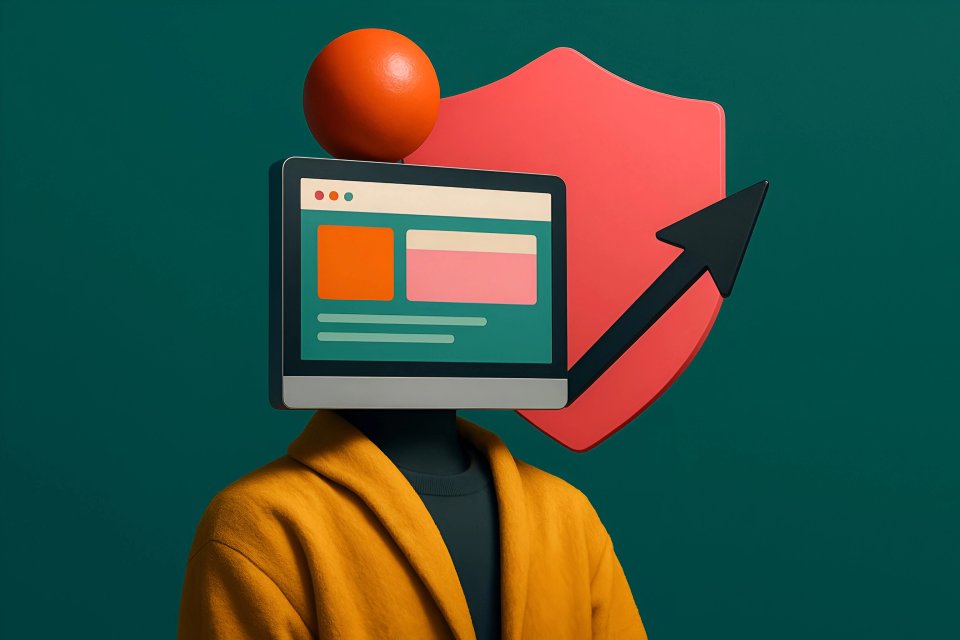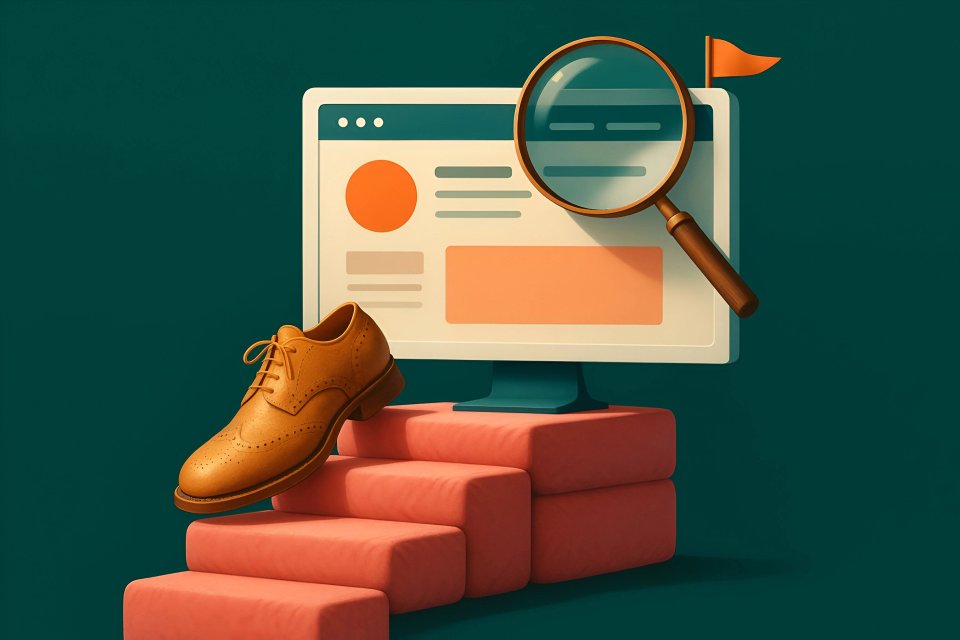You know the feeling. Your brand has a soul, a timeless identity you’ve poured your heart into building. But your website… it feels like a ghost from five years ago. Or maybe you’ve chased every new trend, only to find your site looks generic, stripped of the very personality that makes you unique.
This is the modern brand’s dilemma. You’re caught in a tug-of-war between the rock-solid consistency your brand demands and the sleek, interactive experience today’s audience craves. They want speed. They want beauty. They want a website that feels alive.
But what if I told you this isn’t about compromise? This is about strategic fusion. This guide will show you, step-by-step, how to harmonize your brand’s core essence with a digital presence that doesn’t just look modern—it captivates, converts, and commands attention. Because aligning brand identity with modern web aesthetics isn’t just a nice-to-have; it’s crucial for standing out in a crowded digital landscape.
The Foundation: Defining Your Pillars
Before you can build a house, you need a blueprint and strong materials. The same is true for your digital presence. You need two foundational pillars: a deep understanding of your own brand and a clear-eyed view of what "modern" truly means today.
Pillar 1: Your Brand Identity (More Than Just a Logo)
Beyond the Visuals: Mission, Voice, and Values
Your brand is not your logo. It’s a promise, a feeling, a reason for being. Before you pick a single color or font, you must define the "why" that fuels your business. According to HubSpot, this foundation rests on the core pillars of your brand's identity: your purpose, perception, values, and the experience you deliver.
What is the one core emotion you want a customer to feel when they think of you? Are you a source of security? A spark of rebellion? A symbol of sophisticated luxury? Answering this question is the first step to building a brand that connects on a primal level, moving beyond basic expectations to create real emotional loyalty.
This strategic core is the engine of your brand. It dictates your voice, your messaging, and ultimately, the visual choices you’ll make. Without it, you’re just decorating. With it, you’re building an empire.
The Core Visual Toolkit
Once your strategic "why" is set in stone, you can build your visual arsenal. This is your brand’s DNA, the recognizable elements that make you, you. It’s more than just a pretty picture; it’s a system for communicating your identity instantly.
Your toolkit must be comprehensive and consistent. It includes:
Logo & Logomarks:The primary symbol of your brand.Primary & Secondary Color Palettes:The emotional language of your design.Brand Typography:The voice of your brand, visualized in text.Imagery & Photography Style:The world your brand lives in.Iconography:The simple, universal symbols that guide users.
These elements are the raw materials you will use to build your digital home. For a masterclass in building this foundation, explore how to start by crafting a compelling brand identity via logo design and visual storytelling.
Pillar 2: What Are "Modern Web Aesthetics" Today?
"Modern" is a moving target. It’s not a single style, but a collection of principles designed for one thing: a superior user experience. Forget fleeting fads; these are the tools that create clarity, engagement, and delight.
The key is to see these trends not as rules, but as instruments in your orchestra. A recent look at award-winning websites that master these principles reveals a focus on immersive storytelling and intuitive interaction. First impressions are formed in milliseconds, and studies show that 94% of those impressions are design-related.
Here are the core aesthetics you need to understand:
- Minimalism & White Space: This isn't about emptiness; it's about focus. It uses space to draw the eye to what matters most, creating a feeling of calm and clarity.
- Bold Typography & Statement Fonts: Text is no longer just for reading; it’s a primary design element. Bold, expressive fonts make a powerful statement before a single word is read.
- Microinteractions & Subtle Animations: These are the polite nods and winks of your website. A button that subtly changes on hover or a form field that gently pulses provides feedback and makes the experience feel responsive and alive.
- Immersive Imagery & Video: High-quality, full-screen visuals pull the user into your world. They stop the scroll and create an immediate emotional connection.
- Accessibility & Inclusive Design: A truly modern website is one that everyone can use. This is about designing for all users, regardless of ability, which builds trust and expands your audience.
Understanding these modern website aesthetics is the first step. Now, let’s fuse them with your brand’s soul.
The 5-Step Guide to Strategic Alignment
This is where the magic happens. Follow these five steps to translate your timeless brand into a modern digital masterpiece.
Step 1: Conduct a Brand-First Digital Audit
Stop guessing. Start analyzing. Before you change a single pixel, you must audit your current assets against your core brand strategy. This isn't just about what looks dated; it's about what feels wrong.
Ask the hard questions. Does our website’s tone of voice match the "cheeky" personality we defined in our brand pillars? Does the user journey feel "secure and effortless," or is it clunky and confusing? As Brand24 notes, a thorough audit involves market research and competitor analysis to see where you stand.
This strategic deep dive is the absolute foundation of our UI/UX Design process at CaptivateClick. We don’t just look at what’s there; we uncover what’s missing. We find the emotional gap between your brand’s promise and its digital delivery.
Step 2: Translate Your Brand's "Feeling" into a Digital Mood Board
How do you make a website "feel" sophisticated or energetic? You build a mood board. This is your visual bridge between abstract brand emotions and concrete design elements.
The Nielsen Norman Group champions using mood boards to translate brand emotions by focusing on "mood words." Choose 4-5 words that embody your brand's core feeling—like serene, bold, innovative, or heritage. Then, gather visuals that evoke those feelings, pulling inspiration not just from other websites, but from architecture, print, fashion, and art.
This process prevents you from simply copying competitors. It forces you to create a unique visual language that is true to your brand’s soul while borrowing from the best of modern aesthetics. This is how you find a look that is both original and relevant.
Step 3: Evolve Your Visuals for the Screen
Your brand assets were likely designed for print, packaging, or a different era of the web. Now, they must be evolved for the dynamic, interactive world of a modern screen. This is about adaptation, not abandonment.
- Color: Your primary brand color is your most powerful tool. Use it for your most important calls-to-action (CTAs) and interactive elements to guide the user’s eye. Your secondary colors can create depth, highlight information, and build a rich, layered experience. This is key to creating a cohesive brand identity with strategic website design.
- Typography: Choose a primary headline font that screams your brand’s personality. But for body copy, prioritize clarity and readability with a clean, web-safe secondary font.
- Imagery: Define your photographic style with ruthless consistency. Is it bright, optimistic, and full of life? Or is it moody, professional, and dramatic? Every single image must tell the same story.
Great brands like BMW use disciplined design "bibles" to maintain their identity, ensuring elements like the famous "Hofmeister kink" evolve but are never lost. According to McKinsey, this approach of aligning tangible elements with intangible qualities is what builds lasting emotional connections.
Step 4: Weave in Motion and Interactivity with Purpose
Animation on a modern website should never be purely decorative. It must have a purpose, and that purpose must be on-brand. Motion is another layer of your brand’s personality.
Think about it. A high-end luxury brand wouldn’t use quirky, bouncing animations. It would use slow, elegant fades and smooth, graceful transitions. A playful tech startup, on the other hand, might use quick, energetic movements to convey speed and fun. As Smashing Magazine highlights, the best animated microinteractions provide feedback and delight without ever feeling annoying.
But here’s the catch: all the delightful animation in the world is useless if it slows your site down. That’s why our Web Development team is obsessed with Performance Optimization. We ensure your on-brand interactions are buttery smooth and lightning-fast, enhancing the experience instead of hindering it.
Step 5: Ensure Consistency Across the Entire User Journey
Your stunning new homepage is just the beginning. True brand alignment means creating a seamless experience across every single touchpoint. The feeling a user gets on your homepage must carry through to your blog, your contact form, your checkout process, and even your transactional emails.
This is the "One Firm" principle McKinsey champions, where every part of the organization speaks with a unified voice. When Sony’s CEO implemented this, it was about aligning global teams under a single brand identity to build unshakable credibility. Your website must do the same.
This is where comprehensive Brand Guidelines become your most valuable asset. They are the rulebook that ensures every element, from a button on your website to a Facebook Ad, feels like it came from the same trusted source. This unwavering consistency is what builds the deep-seated trust that turns casual visitors into lifelong fans.
Bringing It All Together: How We Transformed Hawkeye Advertising's Digital Presence
Let’s make this real. Hawkeye Advertising is a brilliant agency with a razor-sharp strategic edge. The problem? Their website was dull, failing to communicate the innovative, results-driven nature of their brand.
The Problem: Hawkeye had the bite, but their website had no bark. It was a generic template that blended in, betraying the bold identity that made their clients successful.
The Process: We applied our 5-step alignment process. We started with a deep audit of their brand pillars, translating their "sharp, insightful, and relentless" identity into a mood board. We then evolved their visual toolkit for the web, pairing their strong brand colors with bold typography and crisp, professional imagery. Finally, our development team built a high-performance site with subtle, purposeful animations that conveyed precision and expertise.
The Result: The new Hawkeye website is a true digital extension of their brand. It’s bold, intuitive, and exudes confidence. More importantly, it works. Within three months of launch, they saw a 40% increase in qualified leads and a significant jump in user engagement, proving that great design isn't an expense—it's an investment in growth.
Your Website is Your Brand's Digital Handshake
Let’s be clear. You don’t have to choose between a website that reflects your soul and one that feels new. The most powerful brands in the world refuse to make that choice.
By following these five steps—Audit, Mood Board, Evolve, Animate, and Unify—you can achieve a powerful synthesis. You can build a digital experience that is both timelessly true to your identity and perfectly in tune with modern expectations. Aligning brand identity with modern web aesthetics is not a design task; it's a core business strategy for winning in the digital age.
Ready to build a website that truly captivates your audience and reflects the quality of your brand? At CaptivateClick, this is what we do best. Our global team of designers and strategists is ready to help you forge a digital presence that doesn’t just get seen—it gets remembered.

